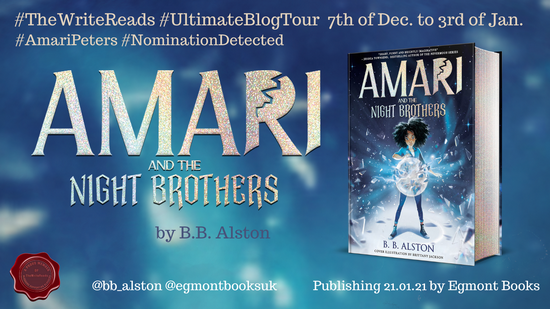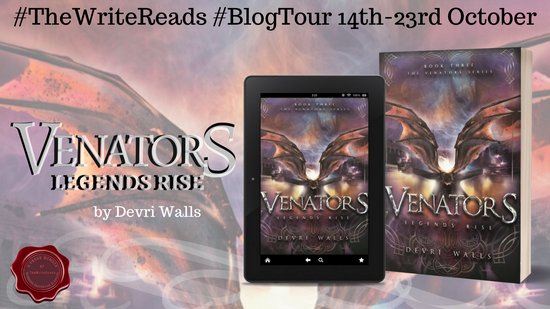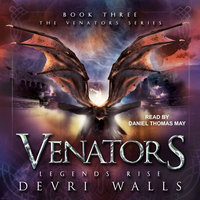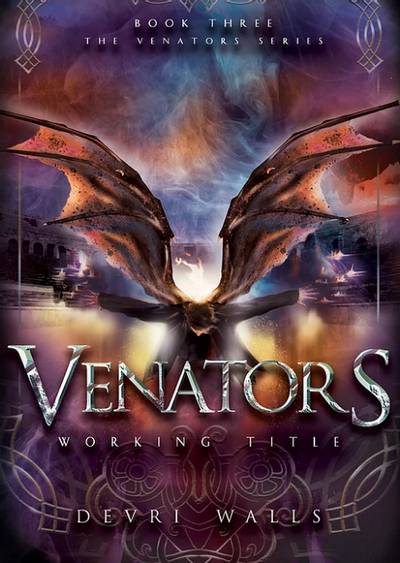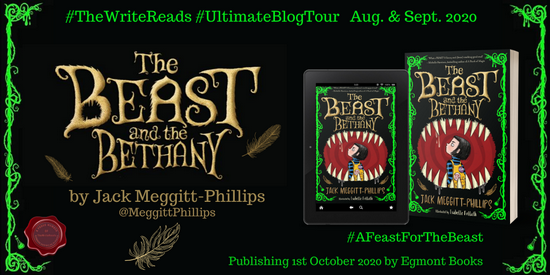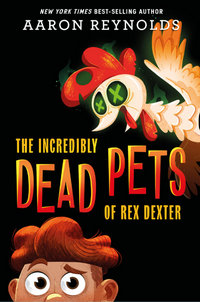 |
The Incredibly Dead Pets of Rex Dexterby Aaron Reynolds Hardcover, 213pg. Read: February 19-20, 2021 |

There’s a hum from the game and it roars to life…The Grim Reaper inside starts to move. He puts his bony hand near a small chute and my quarter falls into his palm.Behind him, a little sign spins into place:
PLAY AGAINST THE GRIM REAPER
WIN AND YOUR WISH IS GRANTED
LOSE AND SUFFER THE REAPER’S CURSE!“Whoa!” cries Darvish in realization. “This is just like that old movie from the eighties.”
“What movie?” I ask.
“You know,” he persists. “The one with Tom Hanks.”
“Never heard of him.”
“He wishes to be tall,” Darvish says. “Or grown. What was it called? Tall? Large?”
“No idea,” I tell him. “Unlike you, I do not spend my time on ancient movies from a bygone era.”
What’s The Incredibly Dead Pets of Rex Dexter About?
Rex Dexter is a sixth-grader who desperately wants a pet. Well, no. He wants a dog—and considers all other kinds of pets as beneath him. A Chocolate Lab in particular, or he’d settle for a Yellow Lab. Even a Black Lab. Or, if he must, a Golden Retriever. The kid has standards.
Due to a mishap a few years earlier with a Goldfish and, well, his entire personality, his parents have decided he’s too immature for a dog, but they do get him a rooster for his birthday to see how he handles that. Sure, this makes no sense—who gives a rooster as a pet? But don’t worry, the chicken dies in a strange mishap hours later. (That’s not a spoiler, he’s literally dead on the book’s cover).
It’s about this time that Rex plays the Reaper’s game, and loses. Soon after that a very flat chicken starts talking to him—but no one else can see or hear the chicken, but Darvish is able to see the Rooster move things, so he believes Rex. So, the Reaper’s curse has something to do with seeing dead animals. Rex and Darvish barely get the chance to start believing that when a Rhino’s ghost shows up, too. It had died in a fire at the local zoo.
The Rhino (Rex calls him Tater Tot) tells Rex she needs help finishing something on Earth before he can move on—Drumstick (the rooster) has no intention of leaving. Rex and Darvish need to figure out who killed Tater Tot to help her move on. While they’re trying, more dead zoo animals arrive—making quite the mess in Rex’s room and making it difficult for him to focus on school (never a strength in the first place).
Their age and inexperience are a couple of the biggest strikes against their success, but there are bigger obstacles. Starting with the fact that their Sixth Grade Teacher, Ms. Yardley, keeps trying to educate them, and then there’s a research project looming on the horizon, as well as the Evening of Enchantment dance. That’s just a whole lot to go up against, but these ghosts need his help.
Rex and Darvish
Rex is the kind of over-confident (arrogant-adjacent) and not all that bright hero that MG books seem to love filling themselves with lately–Greg Heffley and Timmy Failure are the two examples that jump to mind. He’s got attitude to spare, opinions on everything under the sun, and a blind spot to his own strengths and weaknesses that’s larger than himself.
Where Timmy has that Polar Bear, Rex has Drumstick. And where Greg has Rowley, Rex has Darvish. Darvish is a lot like Rowley—upbeat, considerate, and pretty clever. Also, they’re much better friends to Greg/Rex than Greg/Rex are to them. Both of them would be better off getting a new best friend, but neither do. It’s a fun dynamic to see, but man…I feel for them, you know?
So, what did I think about The Incredibly Dead Pets of Rex Dexter?
First off, thanks to The Bookwyrm’s Den for letting me know about this book and making it sound fun enough to look into.
This is a ridiculous book, a goofy premise, and an outlandish execution of that premise. And I loved it. There’s a higher joke-density to the text than The Wimpy Kid books or Timmy Failure‘s adventures. Maybe it’s too much, honestly, I had to take a couple of breaks because I just needed a break from the relentless barrage of jokes. I don’t see anyone in the target audience doing that, but it was at over-dose levels for me (like you get when you get near to the end of a package of Double-Stuff Oreos if you eat the entire thing at one sitting).*
It’s ridiculous, it’s hilarious, the story holds up, and the characters (living and dead) are just great. I think this works for all ages, there’s just enough story to keep you invested and even if all the jokes don’t land, just wait for the sentence and you’ll get another one.
It’s been a while since I just read a book for fun, with no other expectations or goals. That’s all that Reynolds offers and that’s exactly what he delivers.


This post contains an affiliate link. If you purchase from it, I will get a small commission at no additional cost to you. As always, opinions are my own.
![]()



 Grab a book, any book.
Grab a book, any book.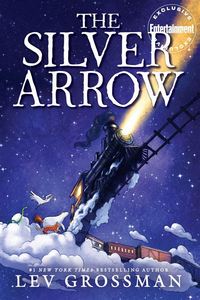
 “Herbert,” he said. “What the blazes is this?” He didn’t really say blazes, but you can’t put the word he did say in a book for children.
“Herbert,” he said. “What the blazes is this?” He didn’t really say blazes, but you can’t put the word he did say in a book for children.